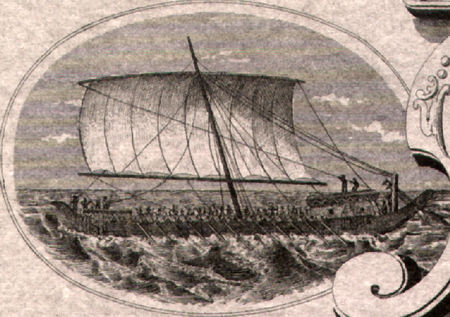The California Gold Rush began with the discovery of gold on January 24, 1848. The vast majority of those seeking gold arrived before the end of 1855. The possibility of striking it rich in California drove people like bees to blossoms.
Rarely have more people moved large distances in such numbers in history as those who made the trek to California in search of the “Yellow Metal”. They say more than 300,000 people picked up stakes from wherever they lived to suffer all the atrocities necessary to strike it rich in what was just a few years before a desolate place. Unfortunately, there was no easy way to get to California.
Roughly half came by ship. When news got out that there was gold in California ripe for the pick-in’s, men scrambled to gather the money to book the trip.
A portion sailed from the East coast of the United States, most often from New York. They signed on for a wild ride that terminated in Panama, where they booked passage on canoes and mules to take them across the boggy Isthmus from the Atlantic to the Pacific Ocean. Once on the Pacific side of Panama, they booked passage on another seagoing vessel that took them on the last leg of their journey North to California; usually San Francisco. This was a dangerous trip, particularly that segment that traversed the Isthmus of Panama. Various diseases, including Malaria, Cholera, and Yellow Fever along with robbers and thieves punctuated a journey fraught with danger and anxiety. The trip was roughly 7,000 miles long and took two to three months.
The remainder; those who chose to travel totally by sea accepted the arduous task of sailing South along the coasts of the United States, Mexico, Central, and South America. The trick was to get through the Straits of Magellan, the precarious tip of South America. Then the objective was to head North along the Western side of South America, Central America, and Mexico to the ultimate destination-San Francisco. This journey took four to five months and covered roughly 15,000 nautical miles (7,000 miles longer than the Cut-Off route above).The trip took four to eight months.
The third route was land-based. Trails, roughly hewn through the Continent by indigenous people and adopted by Hispanic traders and Anglo trappers, traversed the vast prairie, mountain ranges, and alluvial plaines. Wagon trains were organized to facilitate safety and efficiency. The cost was several hundred dollars or more. These Argonauts took three to seven months to get there. Most walked along side their wagons or rode horses. The trip was 3,000 miles long.
Any way you cut it, the trip was dangerous and lasted a minimum of three months. The lure of gold was so strong that more than a quarter of a million men risked everything to take a turn.
The God Rush is a major theme in my novel Equal and Alike. Come and join me in the adventure

